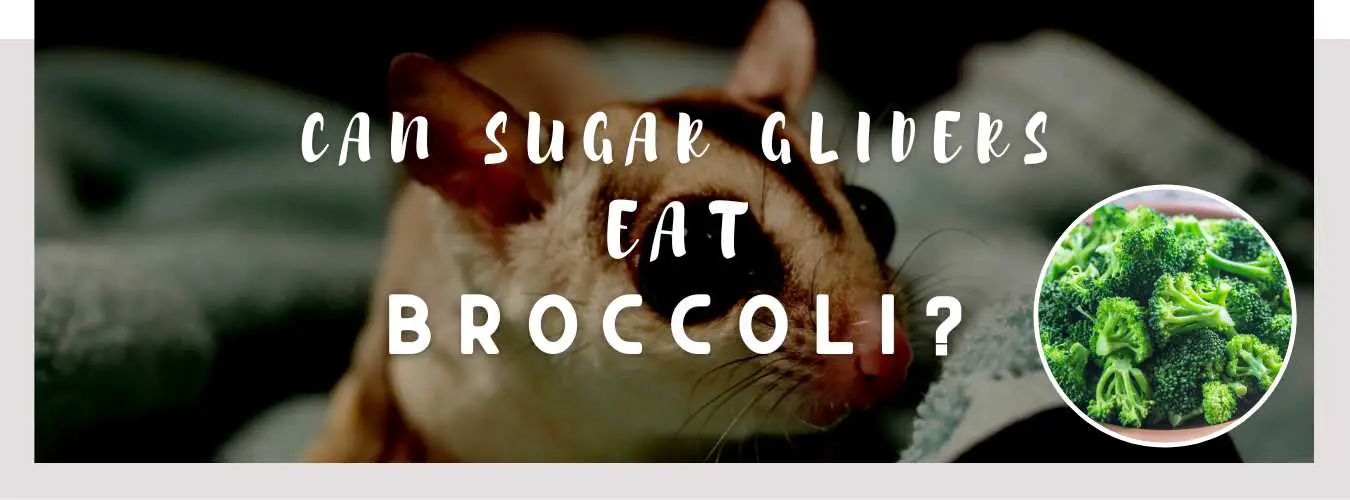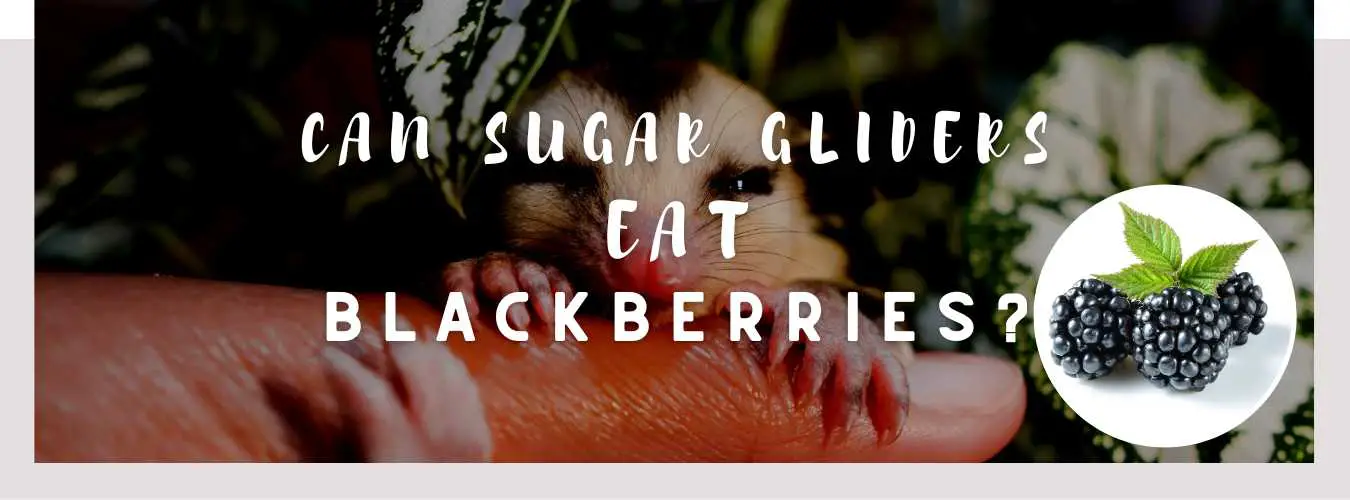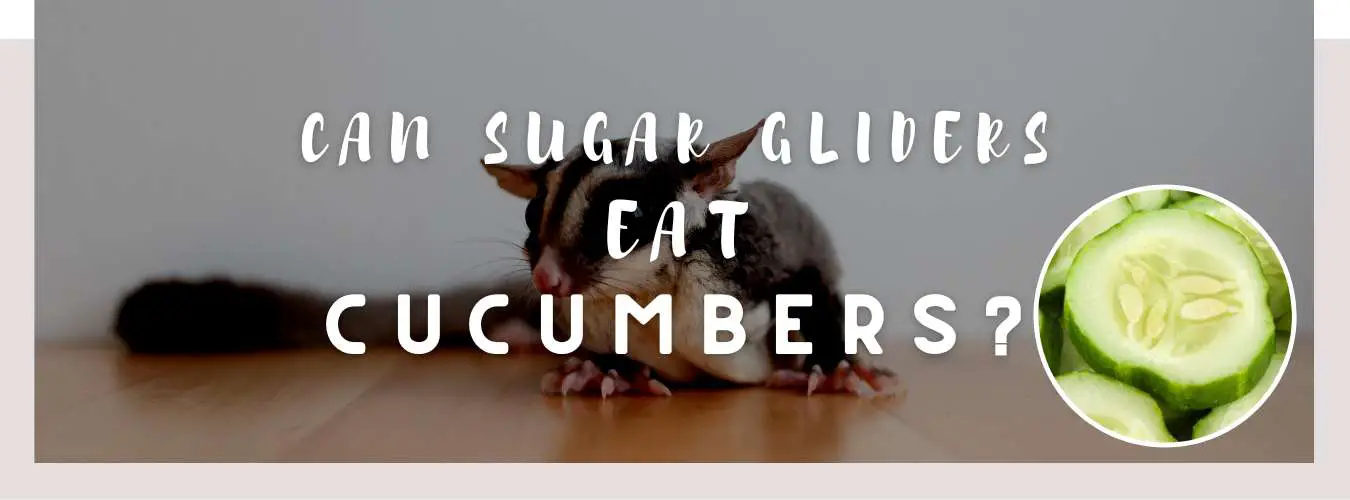
Given its sturdiness, we usually assume that wood is strictly used in construction or as a fuel source, but wood is an extremely plentiful source of stored energy on earth. When burned, wood releases a great deal of energy.
Did you know that some animals satisfy their hunger by consuming wood and bark?
This article will explore the different animals that include wood and bark in their diets.
Why Do Animals Eat Wood?
Animals that could eat and digest the bark and woody parts of plants would have access to vast food stores with little competition. Moreover, by consuming wood, they obtain vital nutrients from the timber.
From the tiniest termites to mammals as big as elephants, wood is included in their diets. Unfortunately, wood-eating animals can be very destructive and wreak havoc on your garden.
Which Insects Eat Wood?
Termites
Termites cause more structural damage in the United States than any other insect. Subterranean species are the most destructive.
Termites eat wood. Cellulose, from wood or other plants, is their primary food. They travel through soil to reach the wood, seldom venturing into view.
This first sign of termite problems is often swarms of winged, reproductive termites or piles of wings they’ve shed and left behind.
Wood-Boring Beetles
Unlike termites, wood-boring beetles attack living trees as well as seasoned timber. While this does not prevent them from boring into and damaging buildings, it does make them a potential threat to forests if introduced as an invasive species.
It is the larval form of the beetle that bores into and devours wood. They spend most of their life cycle chewing tiny tunnels through wood, only existing as adult beetles for long enough to mate and lay eggs.
Horntail Wasps
Horntail wasps only attack living trees. Their larva lies dormant in the wood long enough for it to be made into lumber, causing minor damage when they emerge as adults.
They devour wood as larvae with the help of a symbiotic fungus.
The female wasp lays eggs in the wood of a living tree, injecting a form of a fungus with her stinger at the same time.
While the eggs develop into larvae, the fungus digests the wood into a form the larvae can eat.
You might also like: What Animals Eat Trees?
Carpenter Ants

Carpenter ants seek out dead trees and decomposing wood in nature, but when homes offer moist, decaying wood, carpenter ants move in. They rarely invade dry, solid structures.
Unlike termites, carpenter ants do not eat wood.
They excavate tunnels where their colonies live and reproduce. The long, parallel channels have smooth sides, free from sawdust and debris. Piles of wood particles and sand-like sawdust appear nearby. You may hear muffled and rustling sounds on walls.
The first hint of carpenter ant infestation may be trails of dark ants leading into your home. Warm spring days bring out groups of dark, winged, reproductive ants up to 3/4 inch in length.
By the time colonies reach this stage, they’ve been in place for years and are a sign of trouble.
Carpenter Bees
In nature, carpenter bees seek out the wood in old trees and stumps. However, they may target homes and wooden structures too. When they do, their damage is unmistakable.
Carpenter bees don’t eat wood; they excavate nesting tunnels. Their distinctive entry holes, about the size of a fingertip, are almost perfectly round. The bees excavate about 1 inch deep and then branch off to create lateral pathways where they lay eggs.
Related bees stay together, with offspring adding their entry holes and nesting chambers each year. Over generations, extensive damage occurs.
Can Parrots Eat Wood?
Parrots have an instinctual need to chew wood. Wood bird toys and perches satisfy the gnawing and chomping needs of parrots. Birds exercise their jaws, trim their beak, and are comforted when they chew on wood.
Do Woodpeckers Eat Wood?
Despite their misleading name, woodpeckers do not eat wood.
Even though they’re known (and named) for pecking wood, they’re not actually eating it.
Woodpeckers have a fantastic sense of hearing and can hear insects moving inside the wood. They then use their sharp bills to peck away the surrounding wood and get to the insect inside.
What Are Ruminant Animals?
Ruminant animals are herbivorous animals.
They chew and regurgitate their food more than once and digest it multiple times in different stomachs.
You might also like: What Animals Eat Christmas Trees?
Examples Of Wood Chewing Ruminant Animals
Deer

Deer will eat bark, twigs, and leaves of most trees and shrubs. Unfortunately, they can also damage woody plants, especially during winter when food is scarce.
Camels
Camels are ruminants or cud-chewing mammals that both graze and browse.
Grazing can be distinguished as eating vegetation closer to the ground, whereas browsing requires more effort as the leaves are higher. Therefore, wild camels primarily consume grasses, leaves, and twigs from shrubs and trees.
Moose
Moose also feed on tree bark during the winter. However, they are more browsers than grazers and feed on multiple plant leaves, buds, twigs, and bark.
Which Animals Chew on Wood?
Mice and rats
The main distinguishing characteristic of mice and rats is gnawing. They love wood, so your nice wooden floor may be a real treat. Mice and rats gnaw to check on their incisor teeth. If you have no wooden floor or furniture available, they’ll chew on whatever they find.
Beavers
Beavers cut trees to form dams and lodges but eat the tree bark or the softer layers of wood underneath. Beavers have unique micro-organisms in their guts that help them digest as much as 30 percent of the cellulose they eat from plants.
Squirrels
Squirrels not only chew through wood but other materials too. Their gnawing behavior is one of the reasons why people don’t want squirrels in their gardens. They chew on wood to file their teeth and keep them leveled.
Opossums

Opossums are pests because they will gnaw through anything. Once opossums invade your home, they will cause considerable damage by chewing through wood and drywall.
Rabbits
Rabbits naturally chew the soft bark and even eat the wood of twigs and branches. It helps wear down their teeth, which constantly grows throughout their life. Twigs and branches also provide them with roughage suitable for their digestion.
Conclusion
Wood is quite a hard substance, but still many animals include wood in their diets. They will gnaw, chew, peck, or ruminate the wood for purposes such as filing down their teeth or feeding on the wood or insects underneath the bark or the wood itself.
Next time you see damage to your wooden furnishings or trees and shrubs in your garden, remember that it is not always the poor termite to blame. Depending on where you live, you can blame various other animals for damaging your wooden structures.
I am a huge animal lover and have four dogs, a Labrador, Jack Russell, Pug, and Teacup Yorkie. I also have a cat and a Cockatiel. I have had pets since I was a toddler, and there was not a day when there wasn’t an animal in my house.










